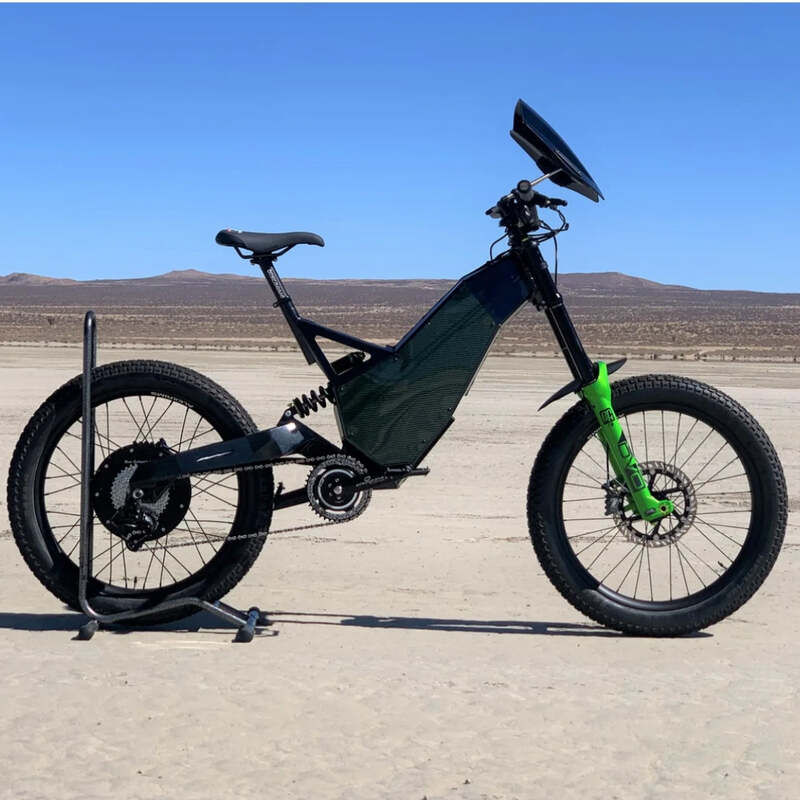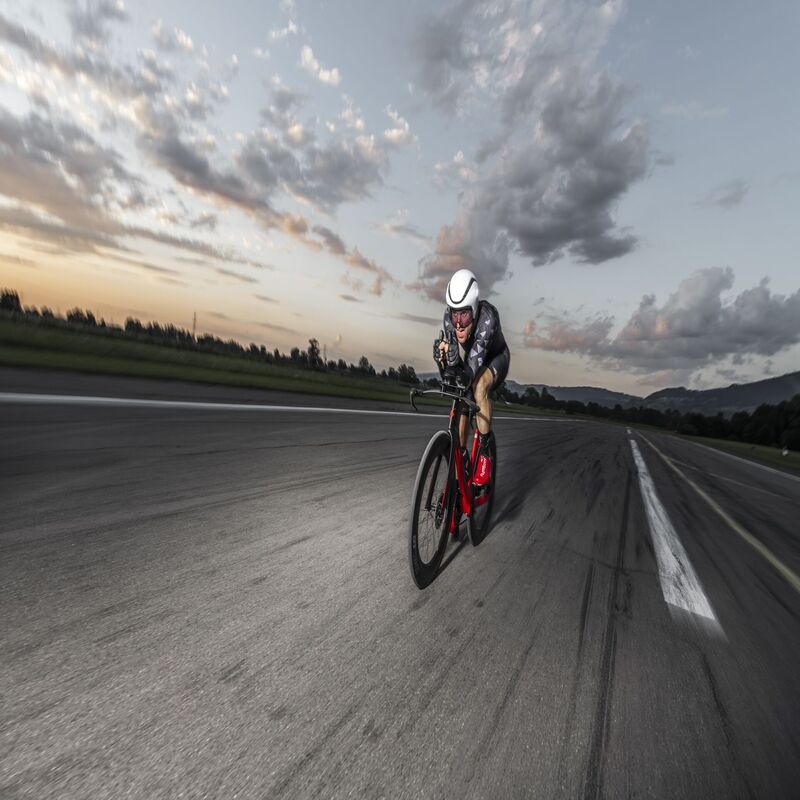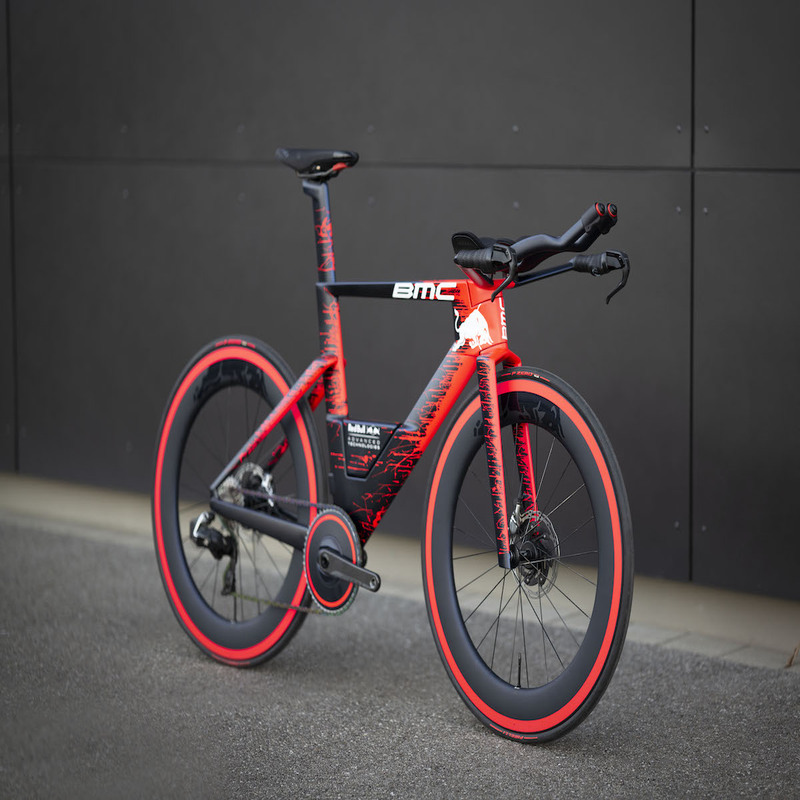Introduction to High-Speed Cycling
The pursuit of speed on two wheels captivates countless cycling enthusiasts. High-speed cycling combines the thrill of speed with physical prowess, pushing the limits of both the rider and the bicycle. In this electrifying domain, the fastest bicycle in the world embodies innovation, cutting-edge technology, and the relentless drive of cyclists to break records.
This introduction sets the stage for an exhilarating journey through the evolution of bicycle speed. We will explore the history of the fastest bicycles, the remarkable engineering behind these machines, and how aerodynamics play a pivotal role in slicing through the wind. Alongside, we’ll delve into the training regimes and techniques that elite cyclists employ to harness their full potential. Lastly, we’ll glance into the future to speculate on emerging technologies and discuss vital safety measures for high-speed cycling enthusiasts. Strap in as we embark on a high-velocity adventure into the realm of the world’s fastest bicycles.
History of the Fastest Bicycles
The quest for the fastest bicycle in the world has a rich history. It dates back to the 19th century when inventors first put pedals on wheels. Since then, milestones in speed have marked the progress of cycling. Penny-farthings were the speed giants of their day. These bicycles had huge front wheels and tiny rear ones. Their design, though risky, set early speed records.
Progress did not stop there. With time, the safety bicycle replaced the high-wheelers. These new bikes had gears and diamond frames. Designs improved, and so did material use. Innovations like pneumatic tires and the derailleur gear system came into being. Such advancements allowed bikes to go faster while keeping riders safe.
Throughout the 20th century, speed records tumbled. From the board track races of the 1920s to the streamlined record attempts in the 1990s. Cyclists and engineers teamed up to chase ever-greater speeds. They used aluminum, carbon fiber, and even experimental materials to shed weight and gain velocity.
Looking at past champions, we learn much. Names like Frank Dodds and his paced record in 1899 stand out. So do modern greats like John Howard and Fred Rompelberg. They pushed beyond the 150 mph mark on bicycles suited for extreme speed.
The key takeaway is this: the fastest bicycle in the world did not appear overnight. It is the result of years of tweaking, refining, and redefining what is possible on two wheels.

Engineering the Speed: Design and Materials
In the race to construct the fastest bicycle in the world
, the marriage of design and materials is key. Engineers focus on creating a harmony that favors both strength and lightness. Here’s how they do it:
- Lightweight Materials: Advanced materials such as carbon fiber and titanium have revolutionized bike frames. They offer the strength of steel at a fraction of the weight. This cuts down on drag and allows for higher speeds.
- Streamlined Design: Sleek, aerodynamic shapes ensure that bikes cut through the air with minimal resistance. Every curve and contour is there for a reason – to make the bike faster.
- Stiffness and Flexibility: Bicycles built for speed must be stiff enough to transfer power efficiently. Yet they need some flexibility for rider comfort. This balance is crucial for sustaining high speeds.
- Innovations in Wheel Design: The wheels are not just for support; they are part of the speed equation. Their construction, spokes pattern, and rim profile affect the bike’s aerodynamics. Lighter wheels also mean quicker acceleration.
- Gear Ratios and Drivetrains: The choice of gears matters. Riders need the ability to shift quickly and smoothly across a range of speeds. Innovative drivetrains offer precision and can handle the stresses of high-speed cycling.
The fastest bicycle in the world is not only about the sum of its parts. It’s about how effectively those parts work together. Designers and engineers strive for perfection, seeking the right combination of materials and design. Such bikes do not just happen. They are the result of meticulous planning and execution.
Record-Breaking Bicycles: The Top Contenders
In the quest to be the fastest bicycle in the world, some models stand out. These are the bikes that have shattered records and showcased what’s possible with two wheels and human power.
- Todd Reichert’s Eta Speedbike: In 2016, Reichert set a world record with this sleek bike. He reached a remarkable 89.59 miles per hour. The Eta Speedbike is a marvel of aerodynamics and engineering.
- Fred Rompelberg’s Motor-Paced Bicycle: This bicycle allowed Rompelberg to hit 167.044 mph in 1995. Behind a drag-reducing vehicle, he pedaled into history. His record stood for two decades.
- The Lotus 108: Ridden by Chris Boardman in the 1992 Olympics, this bike won gold. Its unique design and advanced materials made headlines worldwide.
- Barbara Buatois’ Varna Diablo III: Buatois achieved the women’s speed record on this recumbent bike. In 2010, she reached speeds over 75 mph.
These bikes reflect the pinnacle of high-speed cycling. They embody the perfect union of human strength and mechanical prowess. They push the envelope of speed, each in their own unique way.

The Role of Aerodynamics in Bicycle Speed
Achieving top speed on a bicycle heavily relies on aerodynamics. When cyclists race, air resistance becomes their main opponent. To conquer this, the fastest bicycle in the world must slice through the air with ease. Here’s a look at how aerodynamics influences bicycle speed.
- Shape and Positioning: A cyclist’s body creates most of the drag. Streamlined body positions can cut air resistance significantly.
- Helmet and Clothing Design: Helmets and suits with smooth surfaces help riders move through the air quicker.
- Bike Frames and Components: Every part of the bike, from the frame to the handlebars, gets designed for aerodynamic efficiency.
- Wheel Shapes: The right wheel design helps manage airflow around the bike for less drag.
These factors work together to make the fastest bicycle in the world. It isn’t just about raw power. It’s about how alignment with the air can let a rider achieve incredible speeds. Riders train to hold the most aerodynamic positions while engineers craft bikes to glide through the wind. This partnership of human effort and technological innovation continues to break boundaries in the world of high-speed cycling.
Training and Techniques for High-Speed Cycling
To reach the zenith of high-speed cycling, rigorous training and refined techniques are indispensable. Mastering these allows cyclists to take full advantage of their equipment and their physical capabilities. Here we highlight the key aspects:
- Strategic Workout Plans: Cyclists embark on tailored workout regimens. These focus on building leg strength and cardiovascular endurance.
- High-Intensity Interval Training (HIIT): Short bursts of intense activity followed by rest. This elevates endurance and speed.
- Proper Nutrition: A balanced diet fuels the intense demands of high-speed training.
- Wind Tunnel Testing: Cyclists test their position and gear in wind tunnels for optimal aerodynamics.
- Monitoring Progress: Using performance data helps track improvements and adjust training accordingly.
- Mental Preparedness: Focus and mental resilience play a critical role in sustaining high speeds.
These elements, when combined, lay down a path for cyclists to push past current speed limits. Whether aiming to set a new record or to excel in competitions, these training and techniques are fundamental for the fastest bicycle athletes in the world.

Future Innovations in Bicycle Speed Technology
Looking ahead, the quest for the fastest bicycle in the world does not slow down. We can expect to see groundbreaking innovations in bicycle technology. These advancements will push the boundaries of speed even further. Here are potential future trends that could redefine high-speed cycling:
- Electronically Controlled Gears: Gear shifting might go fully electronic. This would offer precise control and swift changes for optimal speed.
- Active Aerodynamics: Bikes could adapt their shape in real-time to the rider’s speed. This would reduce drag as conditions change.
- Energy Recovery Systems: Like in electric cars, bicycles could one day recoup energy. This could provide a boost during critical sprinting moments.
- Advanced Materials: New materials stronger and lighter than carbon fiber might emerge. They would make bike frames even more efficient.
- Smart Bike Systems: With AI and IoT, bikes could monitor performance and suggest adjustments for maximum velocity.
- 3D Printing: Custom-fitted parts and frames made through 3D printing could become the norm. This would ensure a perfect match to the cyclist’s body.
Future innovations could also include better safety features for high-speed cycling. This would give riders confidence to push the limits. With such technology on the horizon, the record books will surely be rewritten. High-speed cycling is poised for exciting times ahead.
Safety Measures for High-Speed Cycling Enthusiasts
In the rush for speed, safety stays paramount for cyclists pushing boundaries. Here are some crucial safety measures:
- Wear Protective Gear: Helmets, gloves, pads, and eye protection are essential. They shield riders from injury.
- Regular Bike Maintenance: Check brakes, tires, and gears before rides. This prevents failures at high speeds.
- Ride in Safe Areas: Choose roads or tracks designed for high speeds. Avoid crowded or unpredictable places.
- Stay Visible: Use bright clothing and lights. Make sure others can see you, especially in low light.
- Learn Advanced Maneuvers: Practice skills like quick stopping and turning. This prepares cyclists for emergency situations.
- Stay Informed: Understand the risks and laws related to high-speed cycling. Knowledge can prevent accidents.
- Use Electronic Aids: Consider devices that alert to traffic or hazards. Technology can offer an extra safety layer.
Safety measures ensure enthusiasts can enjoy the thrill of being on the fastest bicycle in the world while minimizing risk. They help cyclists stay safe as they strive for speed.


